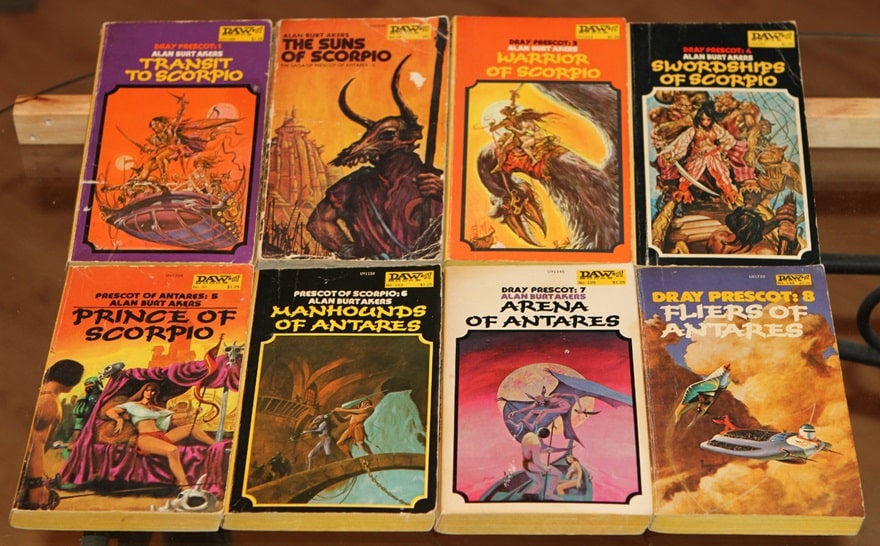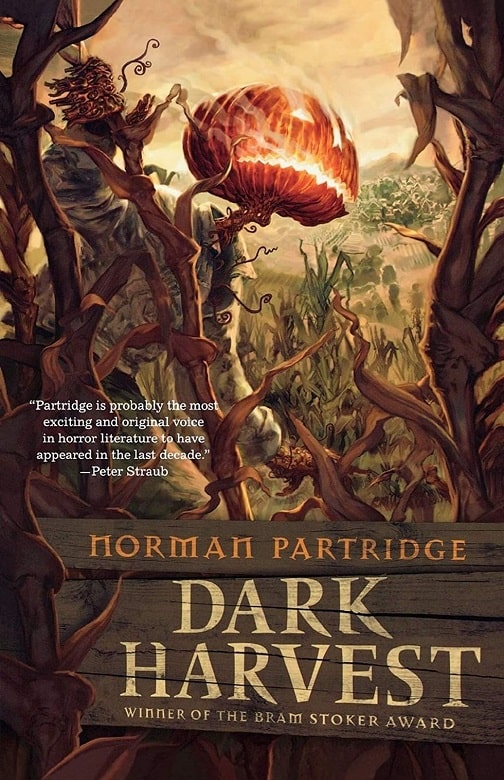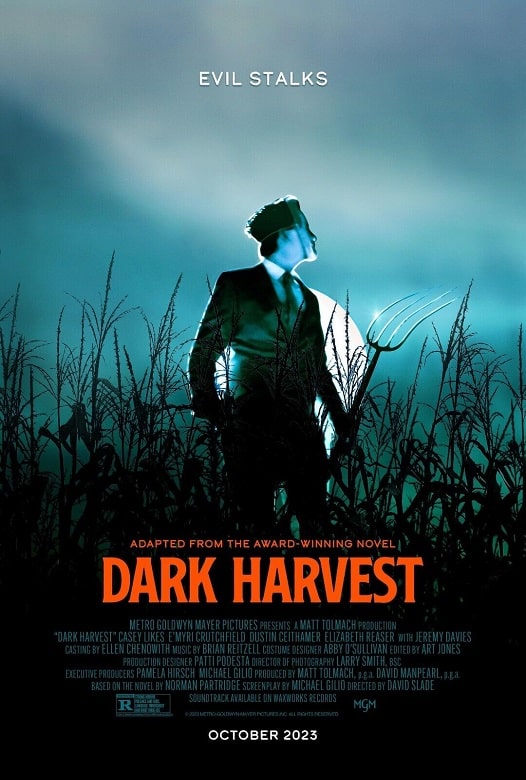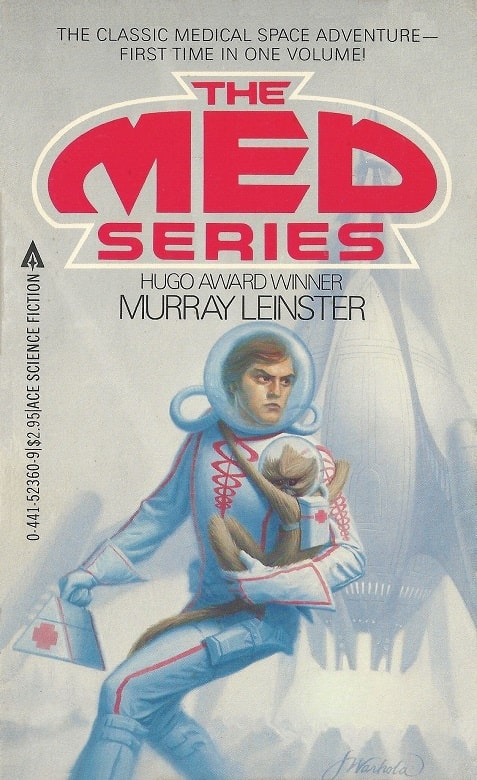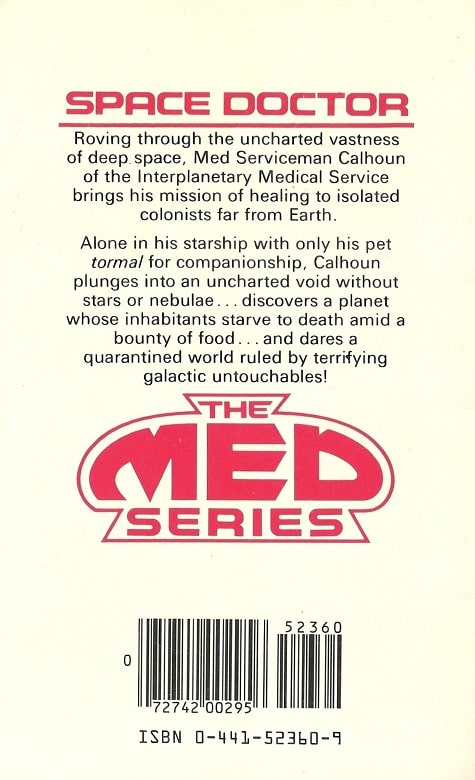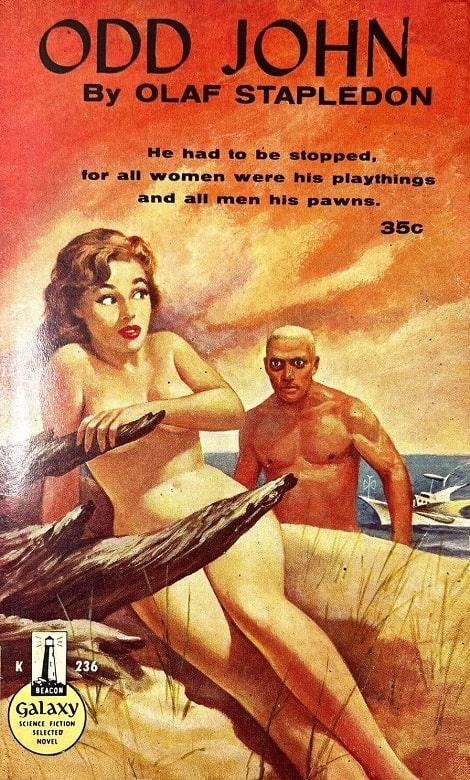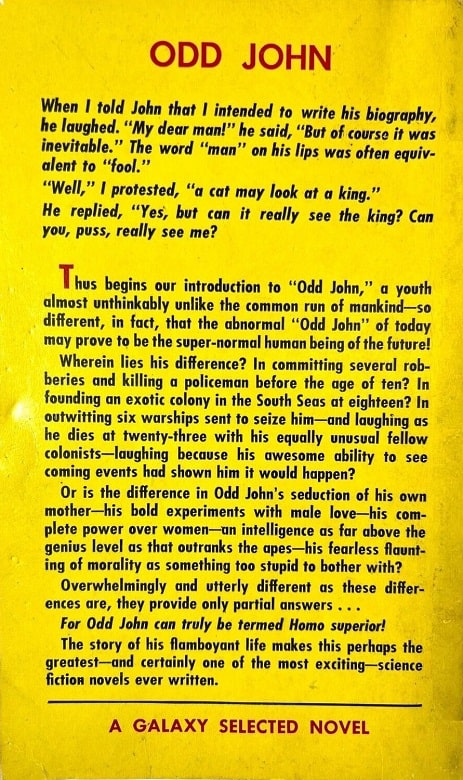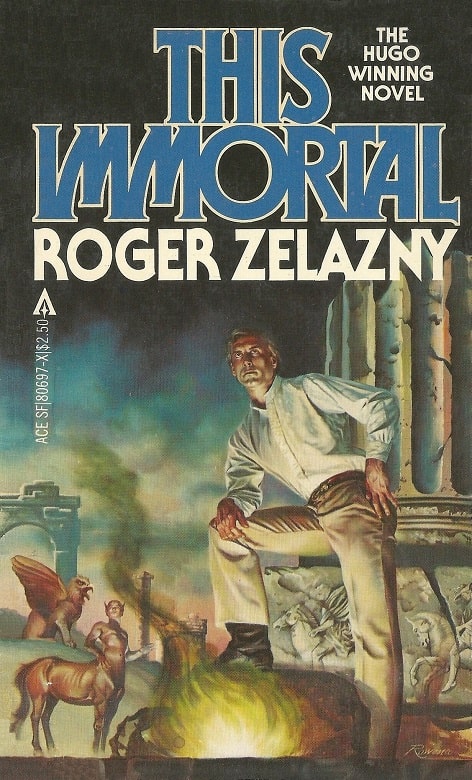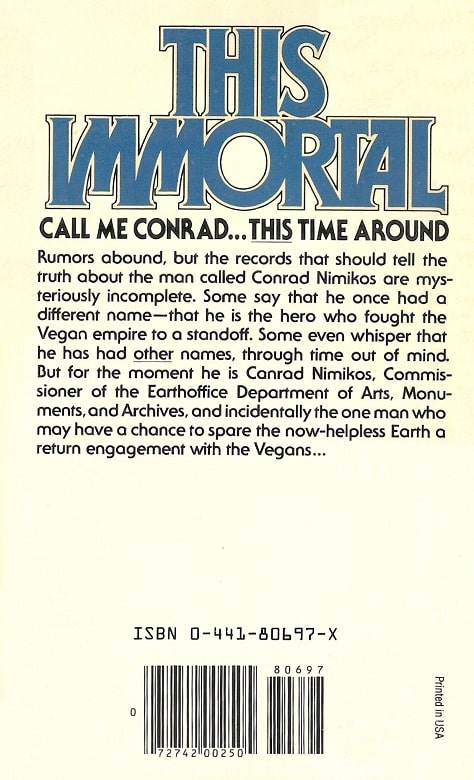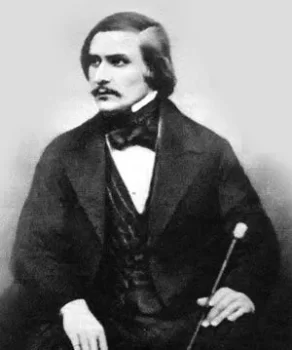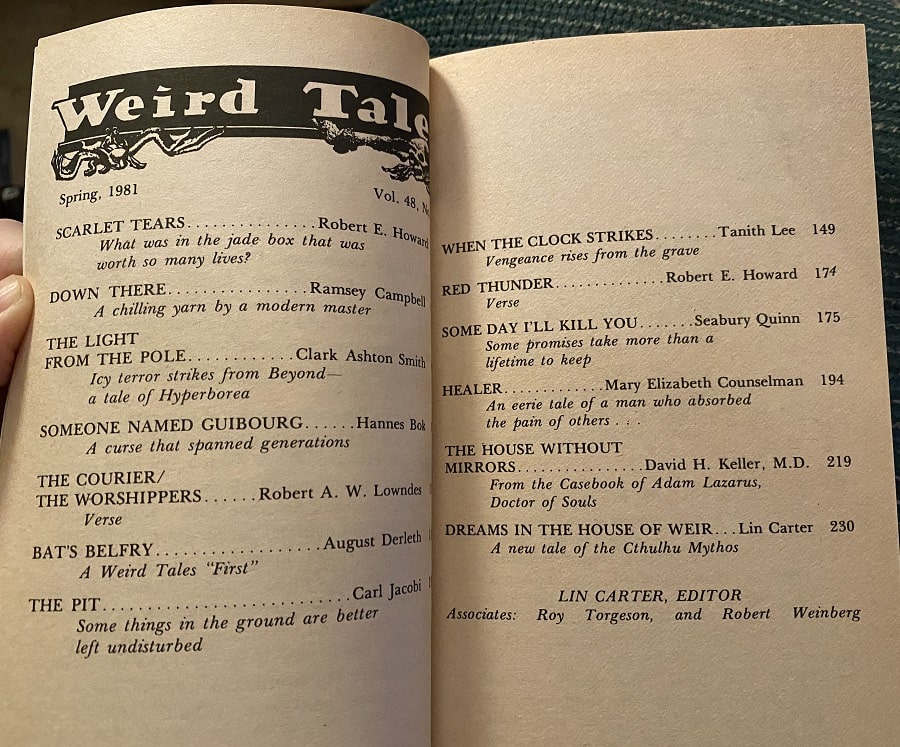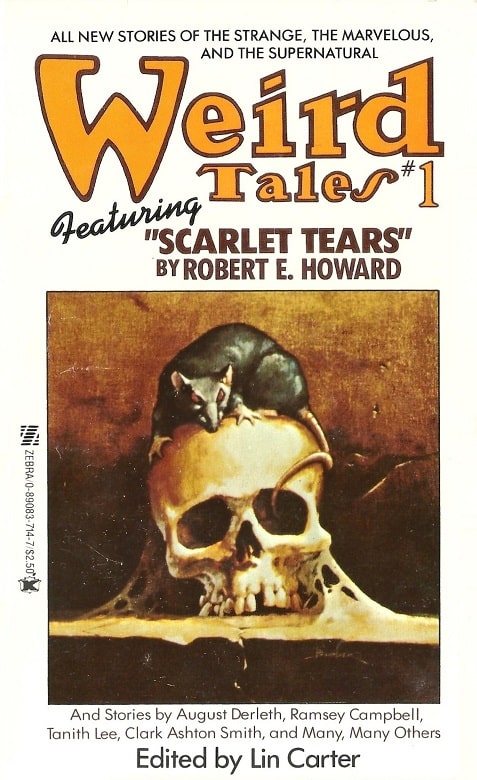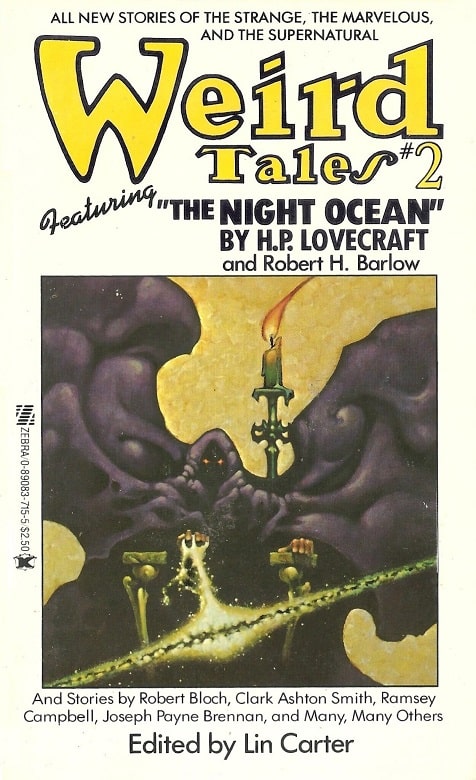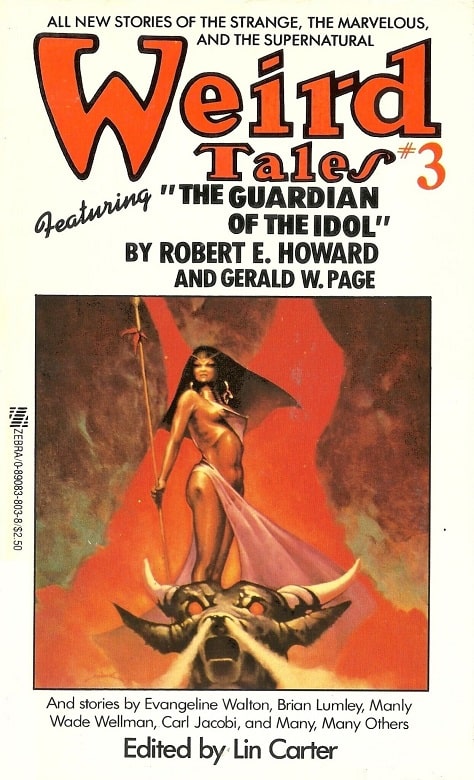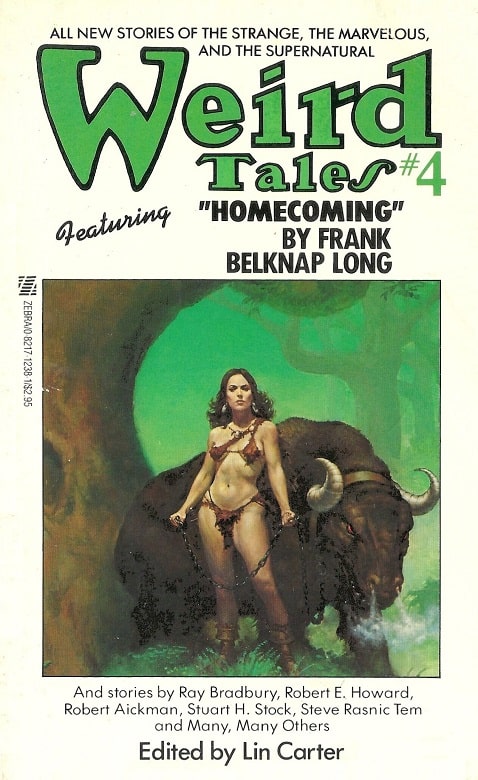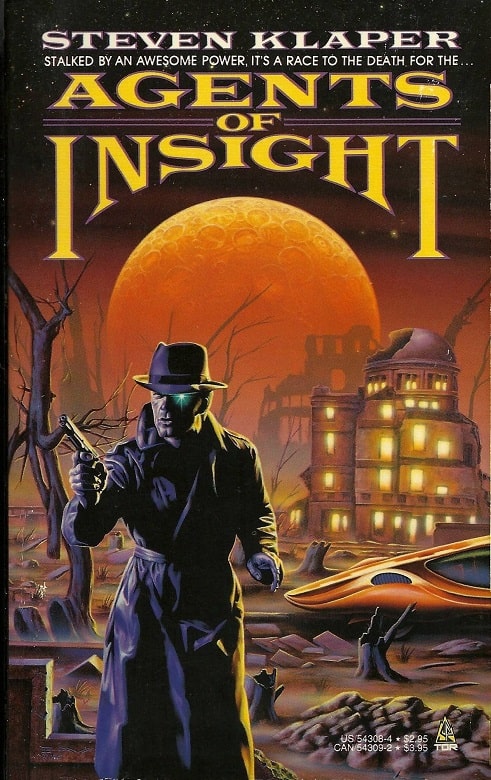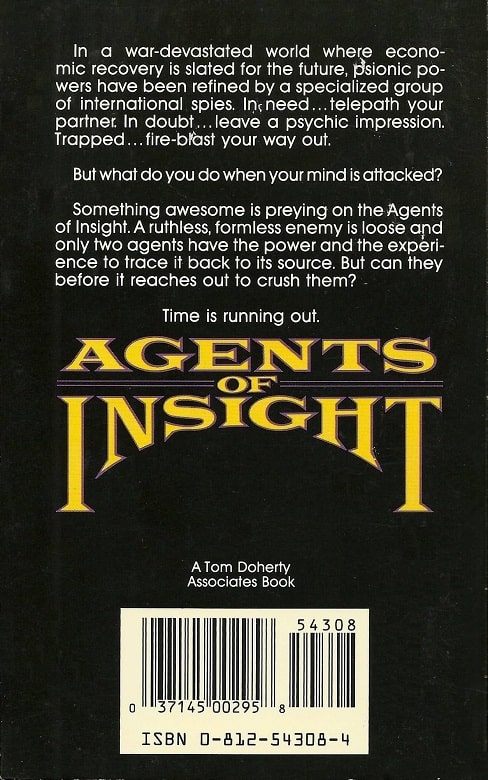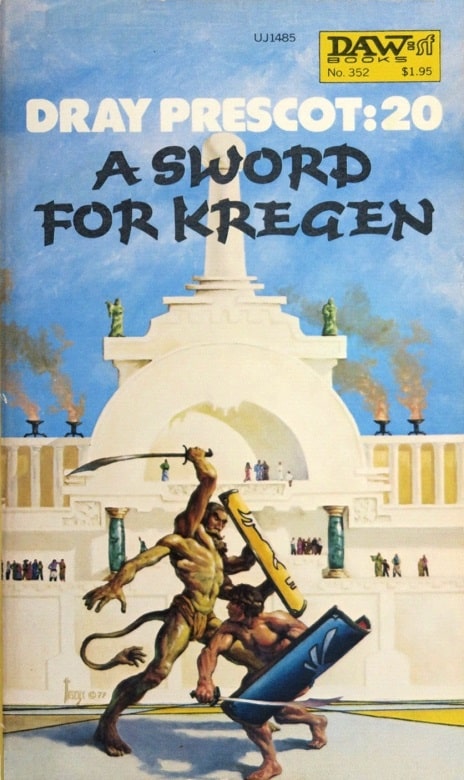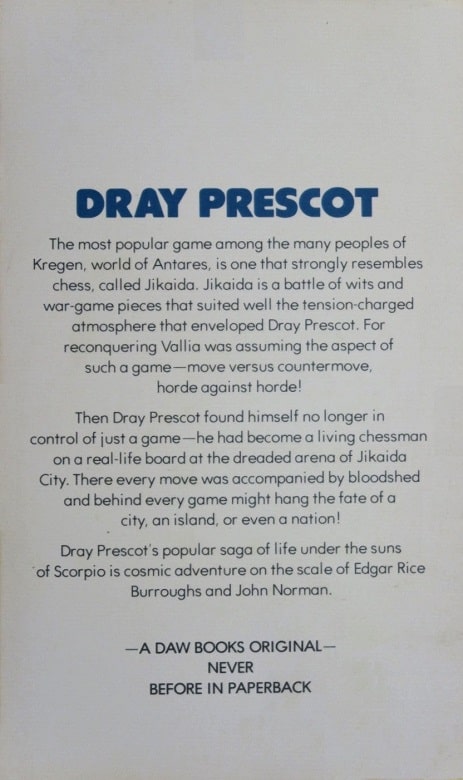The Mystery of Alan Burt Akers, Author of The Dray Prescot Series
The first eight Dray Prescot books (DAW Books, 1972-1975).
Covers by Josh Kirby, Tim Kirk, Jack Gaughan, and Richard Hescox
As I started collecting and reading the Dray Prescot series of Sword & Planet novels, I tried to find out more about the author: Alan Burt Akers. The early books, published by DAW books starting in 1973, had no description or details of Akers, although they had ample details on Dray Prescot, who supposedly had recorded his adventures on tapes, which Akers then transcribed.
At the time I was sure Alan Burt Akers was a real person. It was many years before I learned the truth. Akers was a pseudonym for Henry Kenneth Bulmer (1921-2005). I don’t know why he chose that particular pseudonym, although I noted that it included all three parts of the name, and I was sure this was an homage to Edgar Rice Burroughs and Otis Adelbert Kline.
